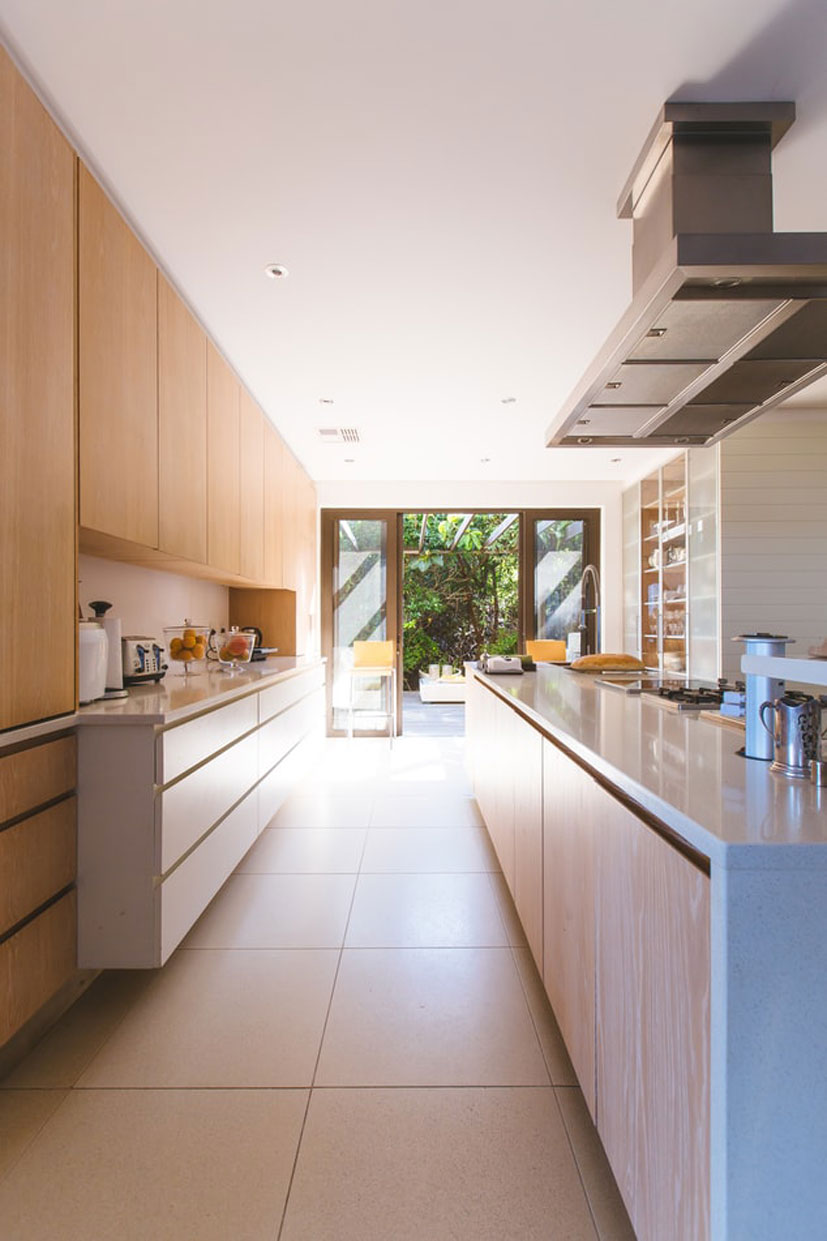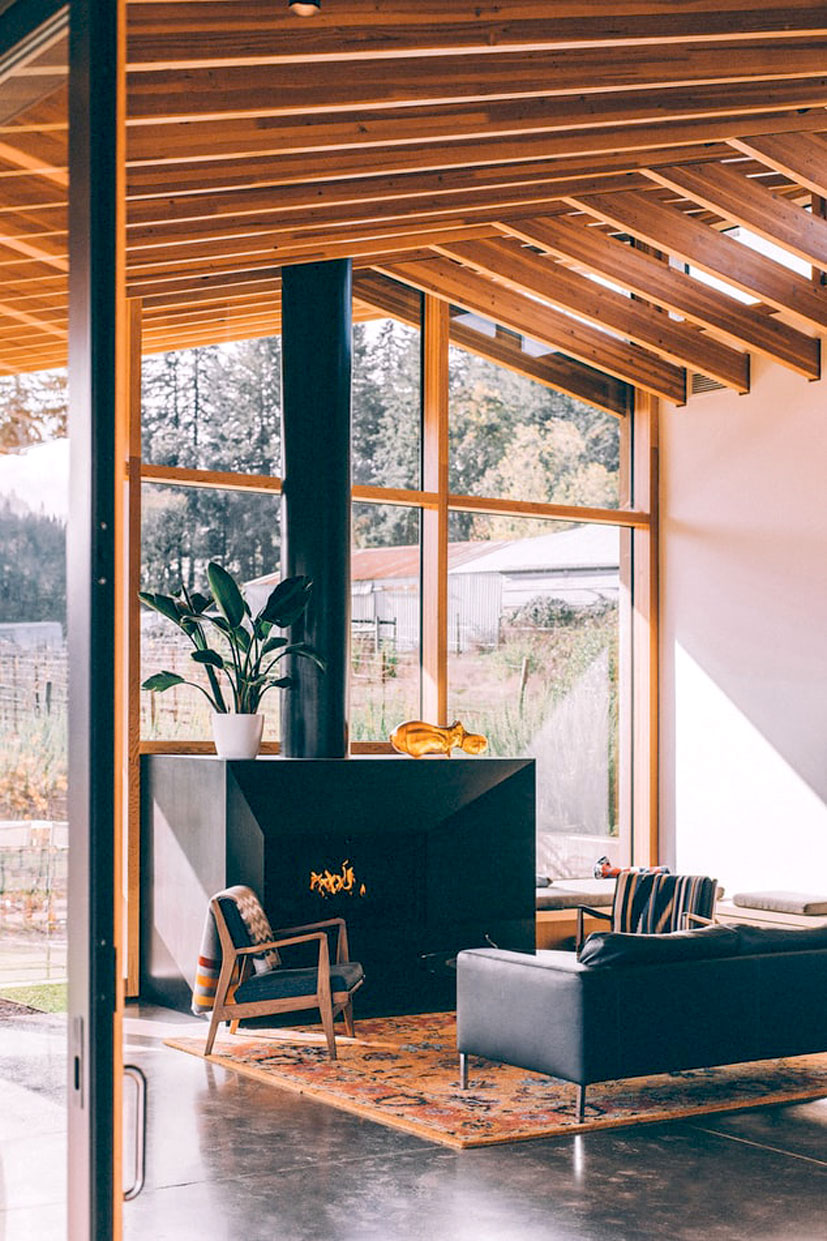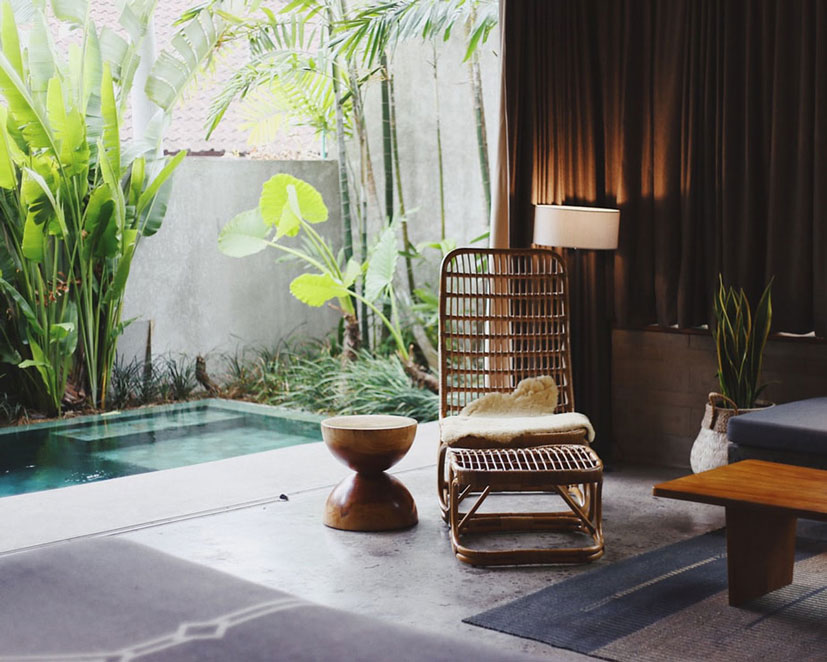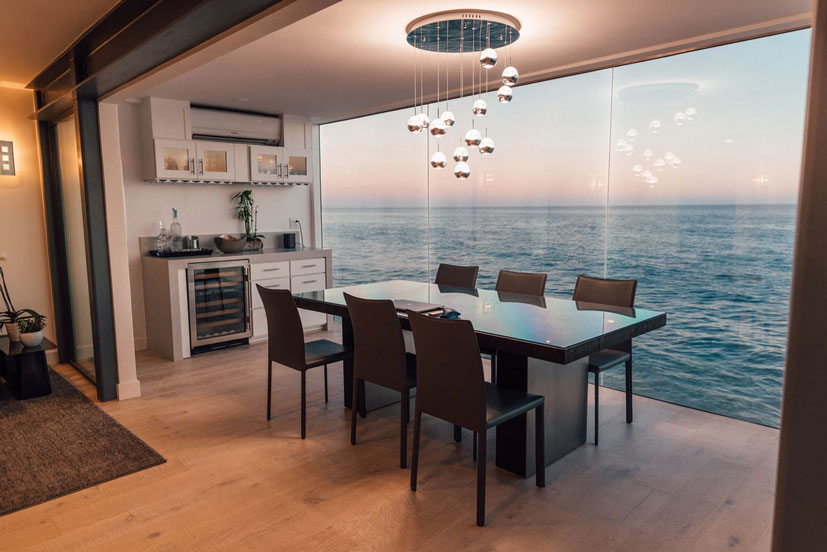Side return extensions could be the most effective solution for turning poorly laid out, rarely used, dark rooms into bright, open-plan spaces. Here’s what you need to know before planning a side return extension. Viewing a property from the surface, it’s visiting appear you may only gain some extra feet inside, but it can make a significant difference to the inner layout and also the way spacious home feels. Get the planning right and you need to be able to enjoy the way bigger and brighter position with more functionality.
What Type of Side Return Extensions?
Building one story extension is the most cost-effective and sometimes most viable option. Frequently built as a kitchen extension to show a bit kitchen into a generous, open-plan kitchen-diner, such addition can help provide garden-facing dining and seating, or the extra width could even contribute to a reconsidered, more open-plan layout throughout the underside floor. Two-story extensions may be possible, too, and although one of these will cost you more to form than one-story one, it’ll be less expensive to make – in other words, you get more square footage for your money.

Photo by Jason Briscoe on Unsplash
Knocking Through to Create a Bigger Space
It’s important to contemplate what reasonably internal space you will be left with if you simply fill within the side return. it should create an extended, narrow room which can feel quite cramped. Consider knocking through walls, as an example between your old kitchen and new side extension, to make a wider, more usable space. Some side returns in Victorian and Edwardian homes lie both the kitchen and lounge which means if you want to travel open plan, you’ll potentially knock through to make one huge, contemporary space. A side return extension usually needs walls to be knocked through, so you’ll involve a structural engineer to advise on inserting steel support beams.
Put the Dark End of the Space to Good use
Extending to the side may make the house dark in the middle part. Use roof-lights to bring daylight in. Bi-fold or sliding doors to the garden are also fitted across the rear of the space you’re extending, or combine slimmer versions with large windows. Consider placing an area that doesn’t need daylight, variety of a utility, cloakroom, or storage, within the middle of the house.

Photo by Orlova Maria on Unsplash
Access to the Rear Garden
While extending into space at the side of your house is attractive, it could affect access to the rear garden. If you build right across the plot’s boundary how will you get bins and bikes intent on the front of the house? Another issue to think about during building work is where you’ll store materials and equipment. One option is to style the side return extension but leave space outside for a passageway into the rear garden.

Photo by Rohit Salitra on Unsplash
Exterior Finishes
Should a side-return extension match or contrast with the primary house? Both are possible – and should achieve success. Materials matching would create a harmonious feel, whereas contrasting contemporary finishes make the new addition overt.




